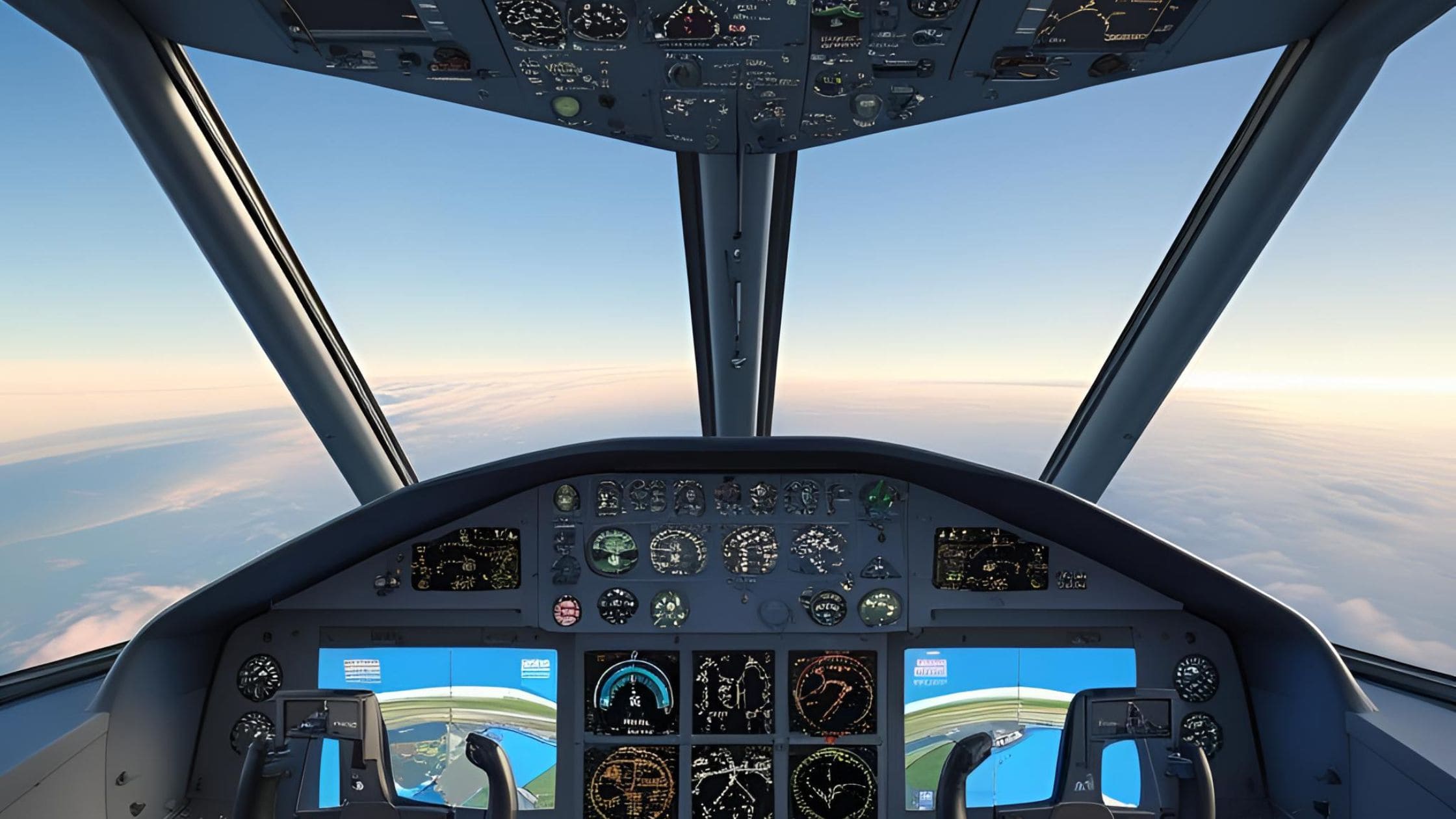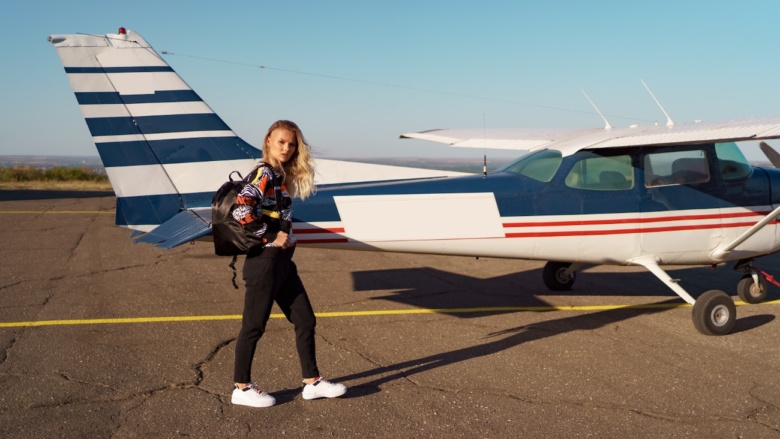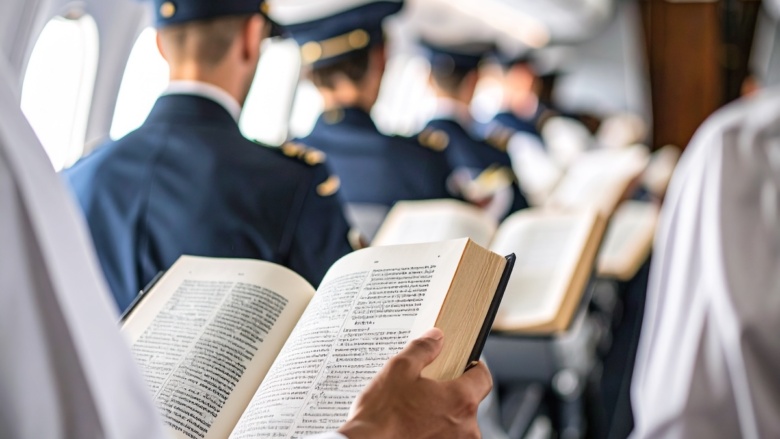Before a pilot ever touches the controls of a real plane, they spend hours in a flight simulator. These very realistic training tools do more than just keep you safe. They let you test your reactions, build muscle memory and get ready for both common and unexpected problems in the air. Simulators can do anything, from dealing with engine failure in the air to flying through bad weather, all without using any fuel or putting anyone’s life in danger. That is why they are such an important part of training for pilots.
Bringing Theory and Practice Together
Theoretical knowledge, such as aerodynamics, navigation, meteorology and aviation rules, is the first step in flight training. But you really learn when you put that theory into practice. This change is easy and organised, thanks to simulators. The International Civil Aviation Organization (ICAO) states that training based on simulations helps trainees learn how to make important decisions in a safe setting, speeding up their progress from beginner to certified pilot.
Simulators let you practice over and over again, which isn’t always possible in real flight training because of high costs, bad weather, or safety concerns. A pilot can use a simulator to practice a certain take-off scenario or an engine-out procedure over and over again until they get it right. This practice helps you get better at the basics and feel more sure of yourself.
Recreating Real-World Scenarios Without Risk
Simulators let pilots deal with situations that would be too dangerous to do in real life, like thunderstorms and hydraulic failures. The Federal Aviation Administration (FAA) states that simulator training is the safest way to get ready for certain emergencies.
During a simulation session, pilots learn how to stay calm and think clearly, even when all the alarms in the cockpit are going off. This exposure makes people more mentally ready, which is often the most important thing in an emergency.
NASA published a study that showed pilots who trained a lot on simulators did much better in real-life emergencies than pilots who did not train on simulators.
Cost-Effective Pilot Training
Real flight training costs a lot of money because of the cost of fuel, maintenance and airspace. Simulator training makes this financial burden a lot less. Using flight simulators can lower the cost of pilot training by as much as 30%. This makes pilot training more affordable without lowering the quality.
Because of this cost-effectiveness, airlines and flight schools can also spend more time training without raising tuition costs. By 2042, the world will need more than 6,00,000 commercial pilots. To meet this need, it is important that they are affordable.
Following the Rules and Getting a Licence
Simulator hours are not just extra; they are necessary to get a commercial pilot’s licence. The Directorate General of Civil Aviation (DGCA) in India says that all airline pilots must go through simulator training. This includes time spent in Full Flight Simulators (FFS), which mimic all the systems on an aeroplane and give real-time motion feedback.
Indian airlines like IndiGo and Air India also have their own in-house simulator training facilities that meet DGCA standards and their own internal standards. These facilities make sure that training is consistent and follows international aviation standards.
Improvements in Technology for Simulation
Today’s flight simulators are very different from the static models of the past. Modern full-flight simulators have motion platforms, high-quality visual systems and cockpits that are exactly like those on commercial planes.
For example, the Level D simulators, which are the best of the best, not only copy what you see and hear but also the vibrations and forces you feel when you fly. Level D simulators are accurate enough for pilots to finish their entire type rating without flying the real plane.
Virtual reality (VR) and artificial intelligence (AI) are also becoming part of pilot training. AI can keep track of eye movements, reaction times and how well the cockpit is being managed, giving feedback based on data. VR, on the other hand, adds a level of immersion to the first stages of training, making the learning process more interesting and interactive.
Building Trust Before Taking on Responsibility
For any pilot, going from a simulator to the cockpit of a real plane is a big deal. But since simulators are so similar to real life, this leap feels more like a step than a jump. The pilot knows the area well, their muscle memory is still strong, and they aren’t learning the ropes in real time; they’re just putting their training to use.
That’s why you can’t use simulators instead of flying. Every hour spent inside one builds muscle memory, sharpens instincts and makes you feel more sure of yourself.
Do You Want to Become a Pilot?
INFINIFLY AVIATION is the best place to start your aviation career. We offer state-of-the-art simulator-based courses, a DGCA-compliant curriculum and world-class instructors. INFINIFLY AVIATION has everything you need to succeed in the cockpit, whether you want to get your commercial pilot’s licence or make the switch to an airline.




